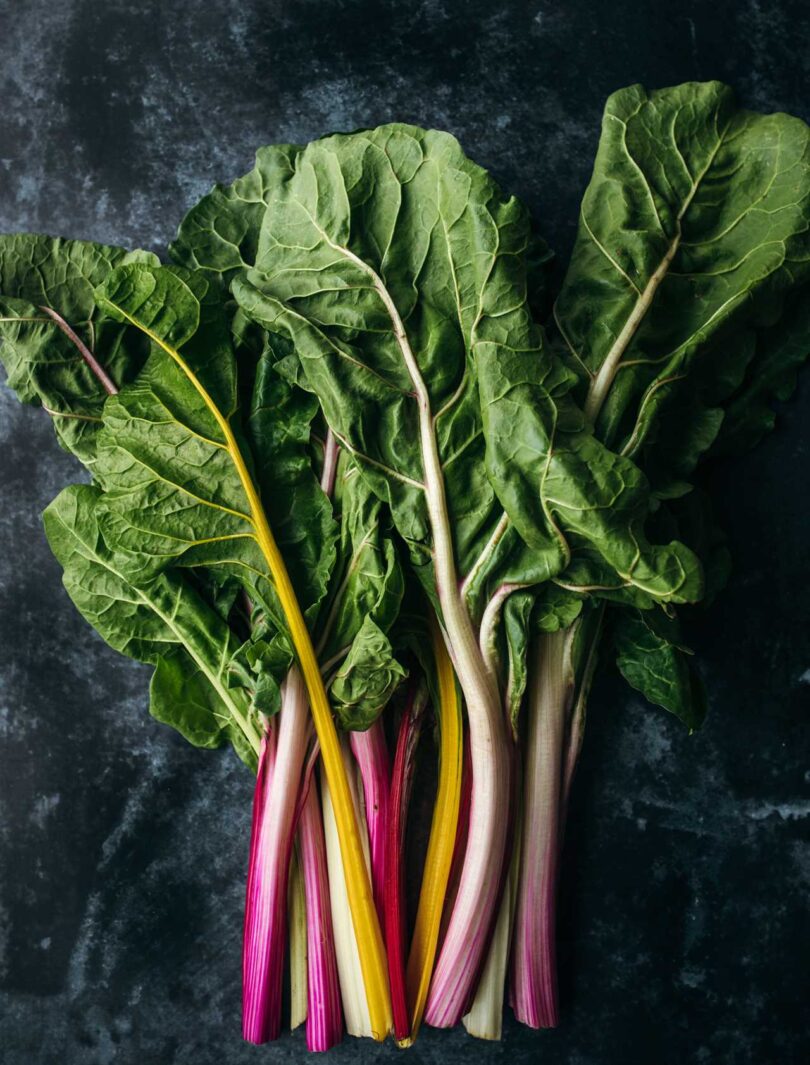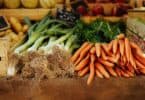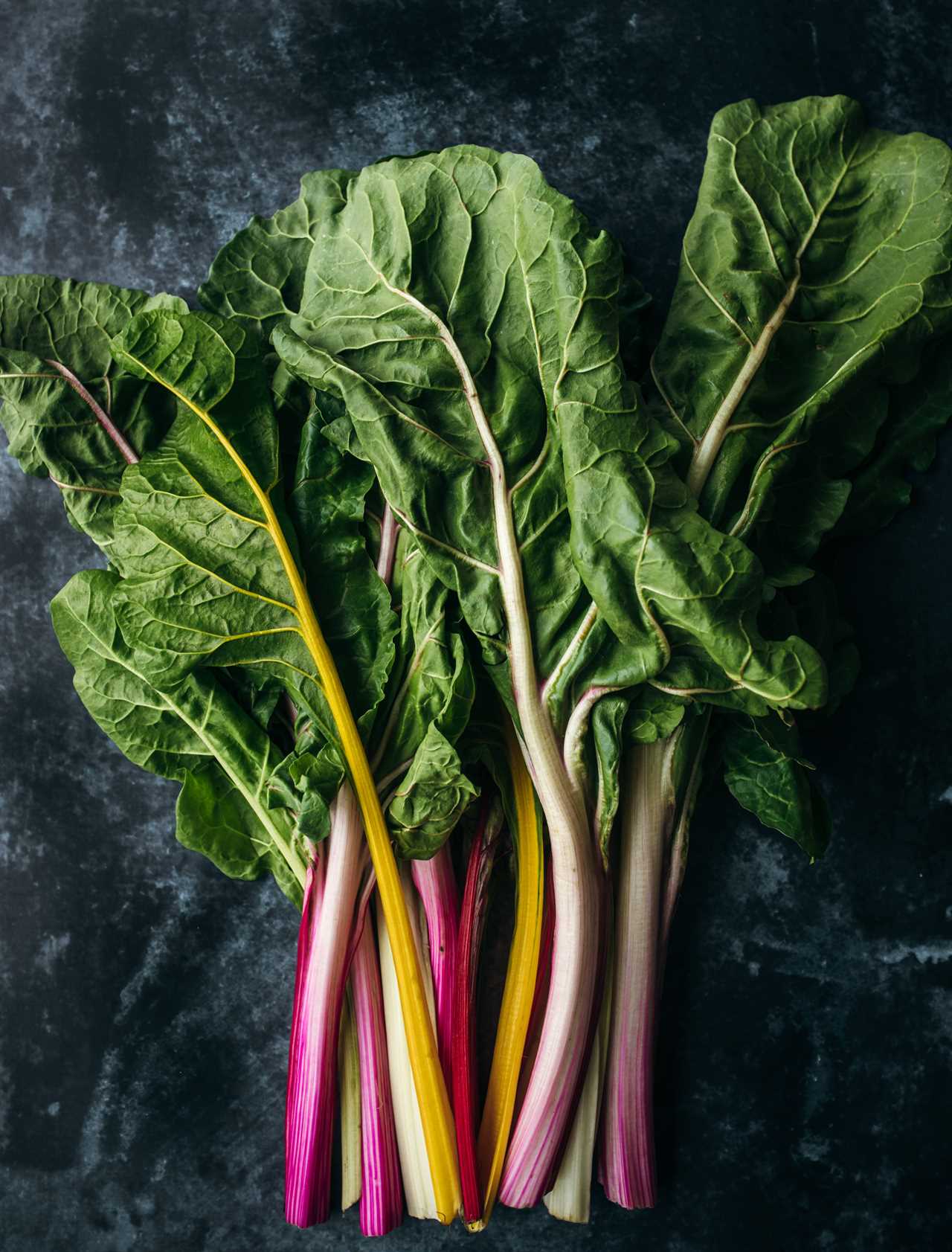
Are you a beginner in the kitchen, looking for ways to cook more efficiently? Well, look no further!
In this article, we’ve compiled a list of efficient cooking tips that will revolutionize your culinary experience.
From taking notes on recipes to reading them beforehand, saving bacon fat for added flavor, and using a damp paper towel under your cutting board for stability – these tips will not only save you time but also elevate your dishes to new levels of deliciousness.
So, get ready to unlock your inner chef and enjoy the freedom of efficient cooking!
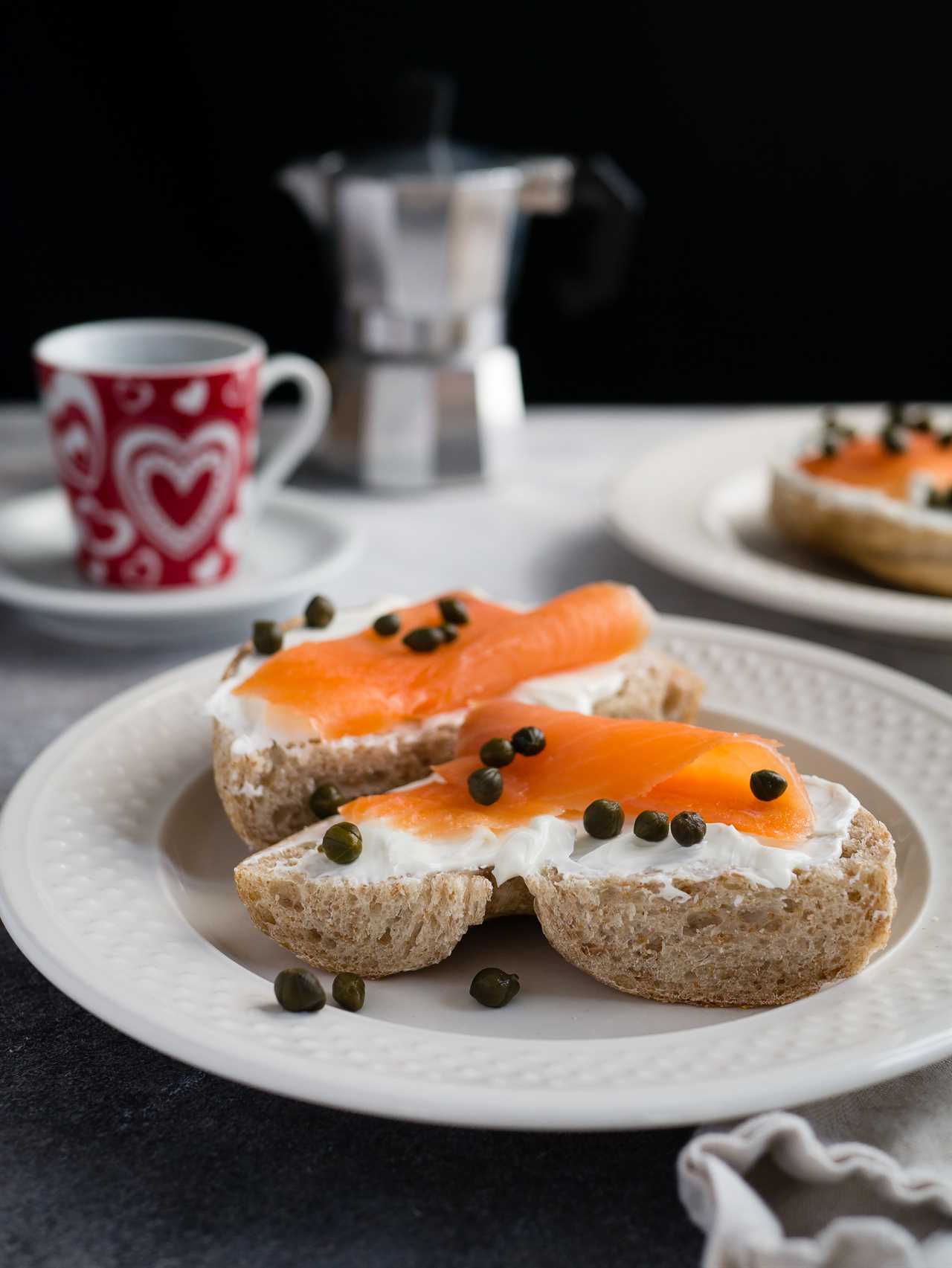
Key Takeaways
- Reading the recipe beforehand helps prevent errors and surprises during cooking.
- Saving bacon fat adds flavor and value to leftover bacon, and provides an alternative cooking fat option.
- Using a damp paper towel under the cutting board provides stability, safety, and facilitates precise cutting.
- Setting the timer for slightly less time prevents overcooking and allows for adjustments and flexibility in doneness.
Recipe Organization and Note-Taking
Take notes on your recipes for adjustments and reminders, as it increases efficiency, consistency, and personalization in your cooking.
Recipe organization is key to mastering the art of cooking. By keeping your recipes organized, you can easily find them when needed and make adjustments as necessary. Whether it’s adding a little more spice or reducing the cooking time, having your recipe notes handy ensures that you can recreate dishes exactly how you like them.
Additionally, note-taking allows you to keep track of any modifications or substitutions you’ve made, helping you achieve consistent results every time you cook.
Reading the Recipe Beforehand
Previewing the recipe beforehand is an essential step in achieving cooking efficiency. By taking the time to read through the recipe before you start cooking, you can prevent errors, mishaps, and surprises during the cooking process. It allows you to understand the steps, timing, and preparation required, saving you time and ensuring a smoother cooking experience overall. Familiarizing yourself with the recipe also helps you identify any potential mistakes or issues in advance, allowing you to make adjustments or seek clarification before you begin. This not only prevents cooking mistakes but also ensures that you are fully prepared to execute the recipe successfully. So, improve your cooking efficiency by properly preparing and reading the recipe beforehand.
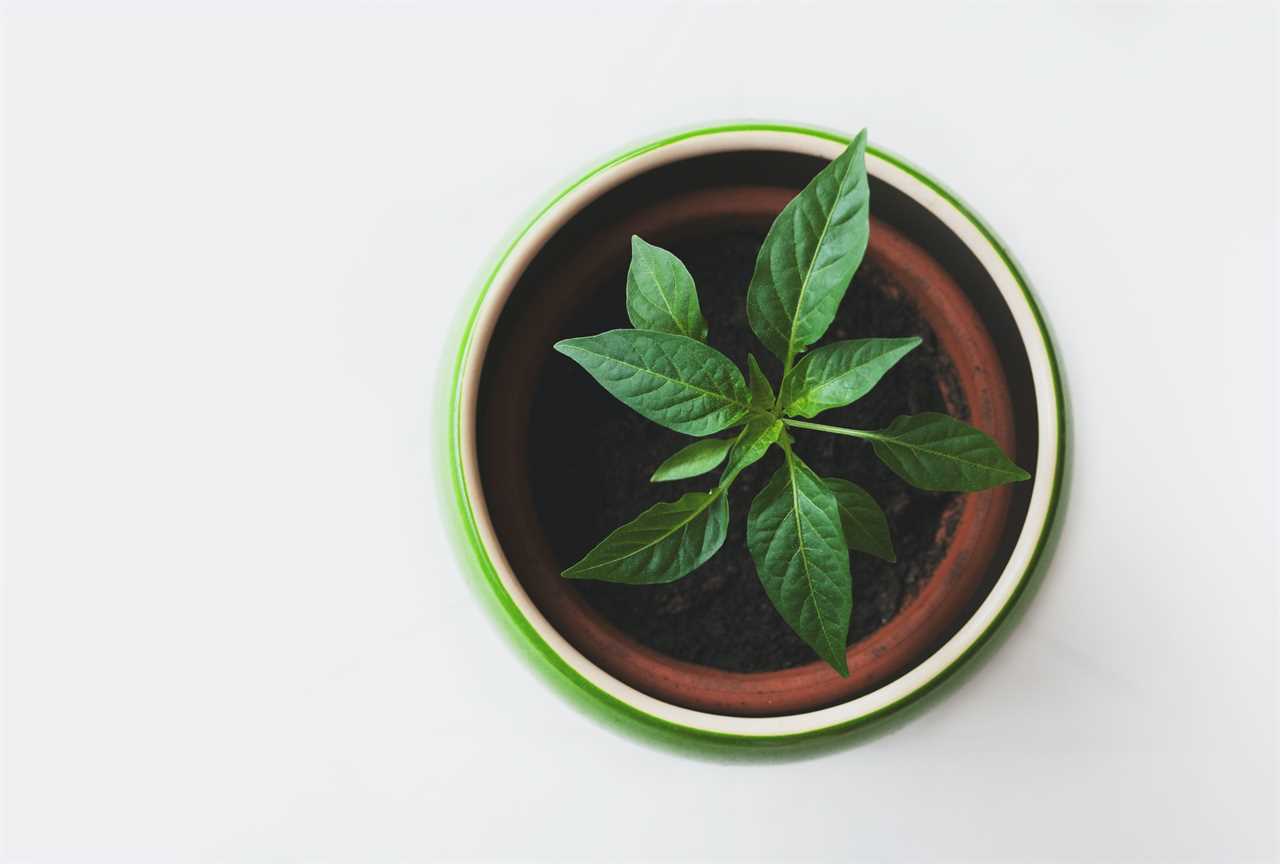
Saving Bacon Fat
When you save bacon fat, you add a versatile ingredient to your kitchen that enhances the flavor and value of your leftover bacon. Instead of discarding the fat, you can use it in various ways to elevate your dishes.
One option is to use the bacon fat as a cooking fat substitute. Its rich and smoky flavor can add a delicious twist to your sautéed vegetables, roasted potatoes, or even scrambled eggs.
Another way to utilize bacon fat is by incorporating it into homemade salad dressings or marinades. The fat adds depth and richness to these culinary creations.
You can also use bacon fat to make savory popcorn or to fry up crispy and flavorful tortilla chips.
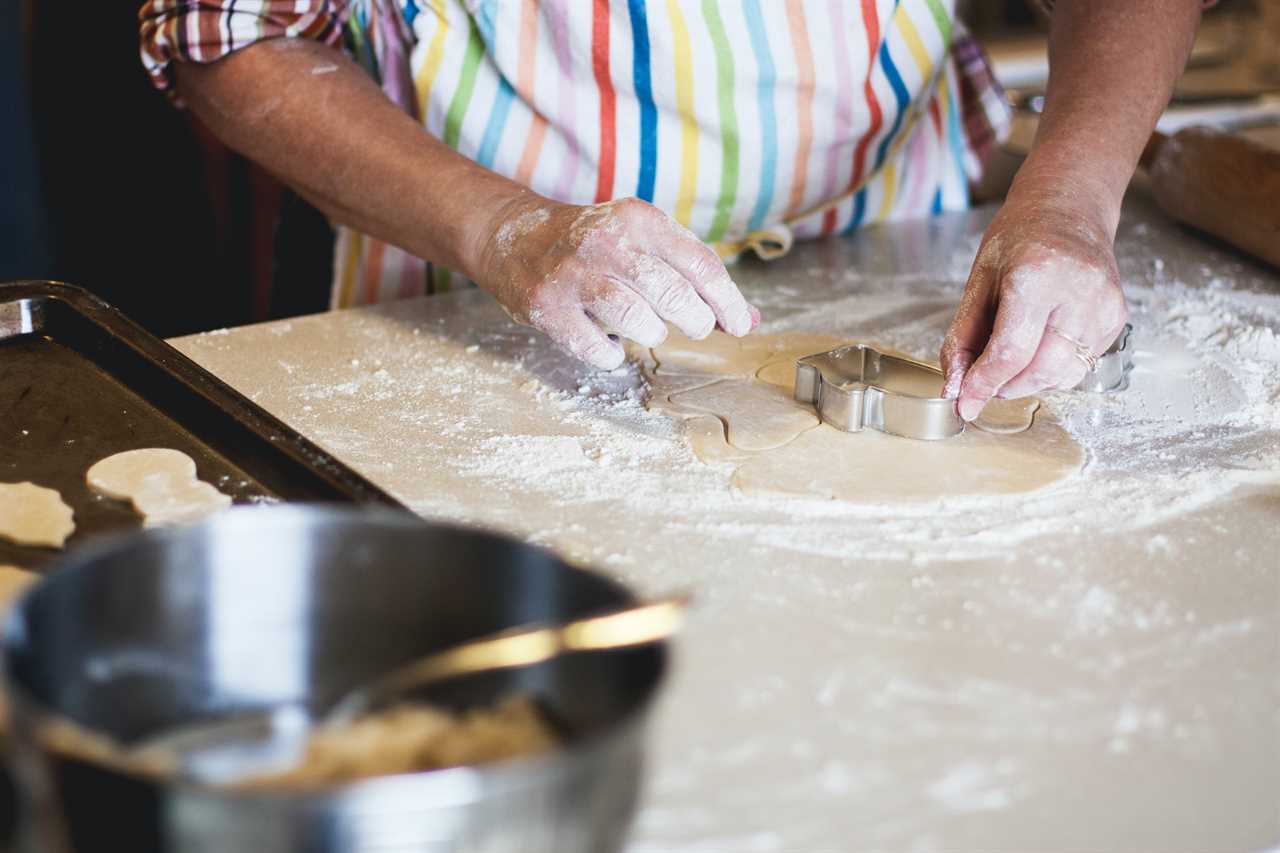
Using a Damp Paper Towel Under Cutting Board
Place a damp paper towel under your cutting board to ensure stability and prevent slipping, allowing for precise and safe cutting. This simple trick is essential in the kitchen to prevent accidents and make your cooking experience more enjoyable.
By following this technique, you can avoid any potential injuries and maintain a clean and organized cooking environment. The damp paper towel provides the necessary grip to keep the cutting board in place, allowing you to focus on the task at hand.
Additionally, it helps prevent cross-contamination by creating a barrier between the cutting board and the food. This ensures that bacteria or flavors from one ingredient do not transfer to another, promoting food safety and maintaining the integrity of your dishes.
Setting the Timer for Slightly Less Time
To ensure your dishes are perfectly cooked, set the timer for slightly less time than indicated to account for variations in oven performance and prevent overcooking or dryness.
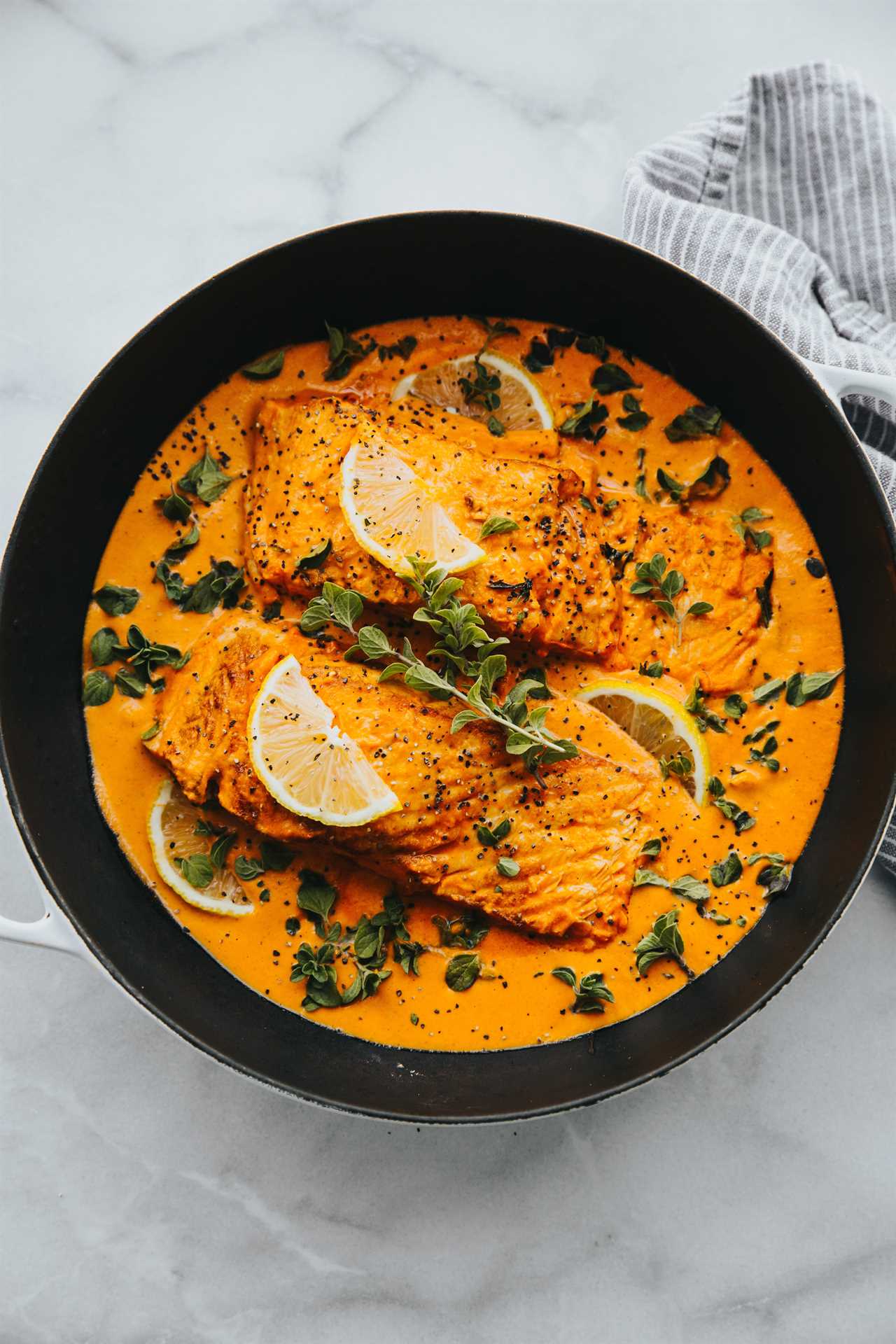
Using a kitchen timer has numerous benefits. It helps you stay organized, keeps track of multiple dishes, and ensures accurate cooking times.
When determining the appropriate amount of time to reduce from the original cooking time, consider factors such as the type and size of the dish, the temperature of your oven, and personal preferences for doneness.
Start by reducing the cooking time by a small increment, such as 5 minutes, and then adjust as needed. Remember to rely on your instincts and knowledge in cooking, as they play a vital role in achieving the perfect result.
Seasoning and Tasting as You Go
As you season and taste your dish throughout the cooking process, you develop layers of flavor, ensuring a well-balanced and properly seasoned result. This technique of developing a flavor profile is essential in creating delicious meals that satisfy your taste buds.
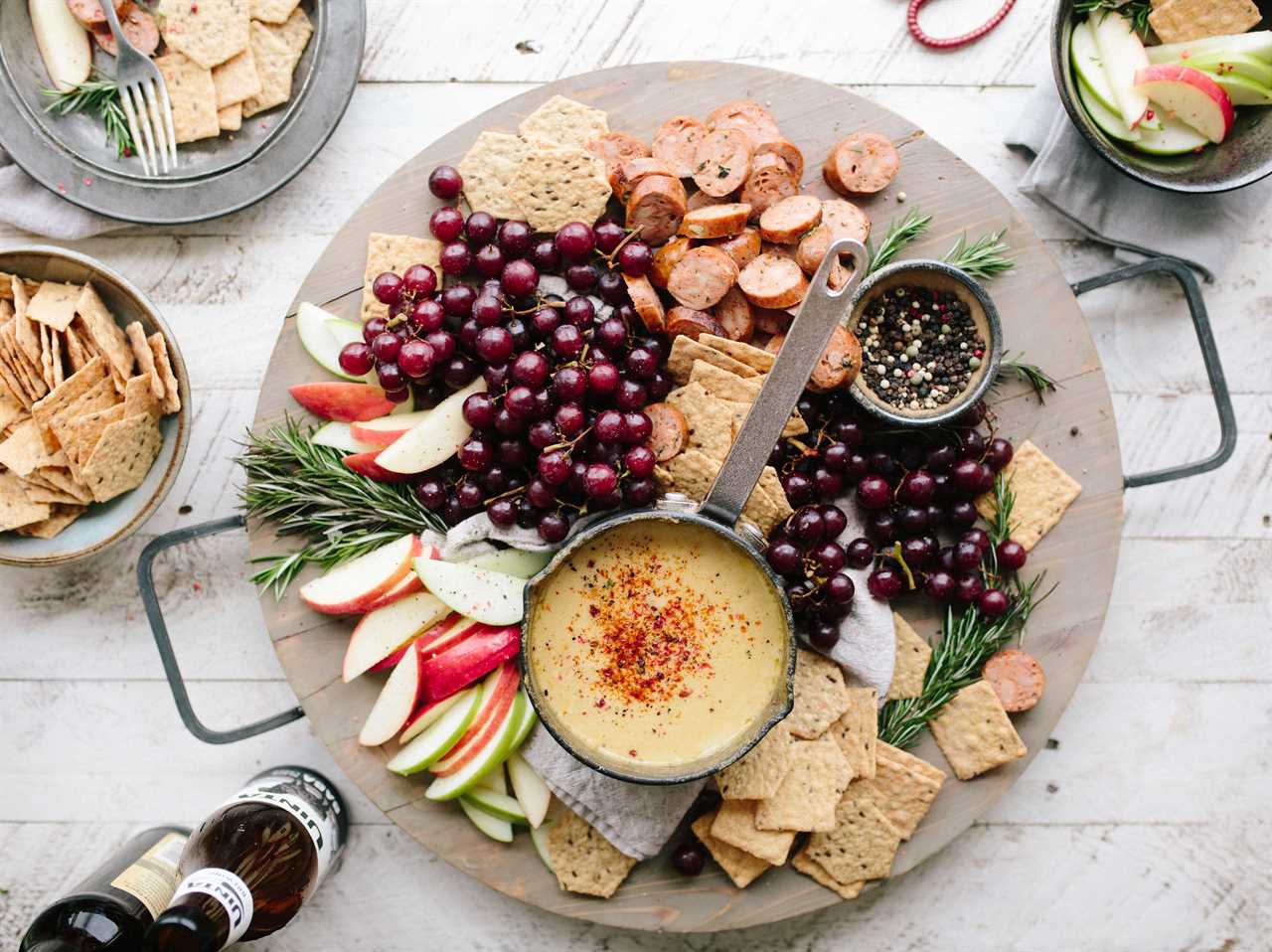
By enhancing the taste with seasoning, you can elevate the flavors of your dishes to new heights. Here are some reasons why seasoning and tasting as you go is crucial:
-
Developing a flavor profile: Seasoning throughout the cooking process allows the flavors to build and meld together, creating complexity and depth in your dish.
-
Enhancing taste: Adding seasoning gradually allows you to adjust and balance the flavors, ensuring each ingredient shines and contributes to a harmonious taste.
-
Avoiding excessive seasoning at the end: By seasoning as you go, you can avoid oversalting or overseasoning your dish, preventing any unpleasant surprises when it’s time to serve.
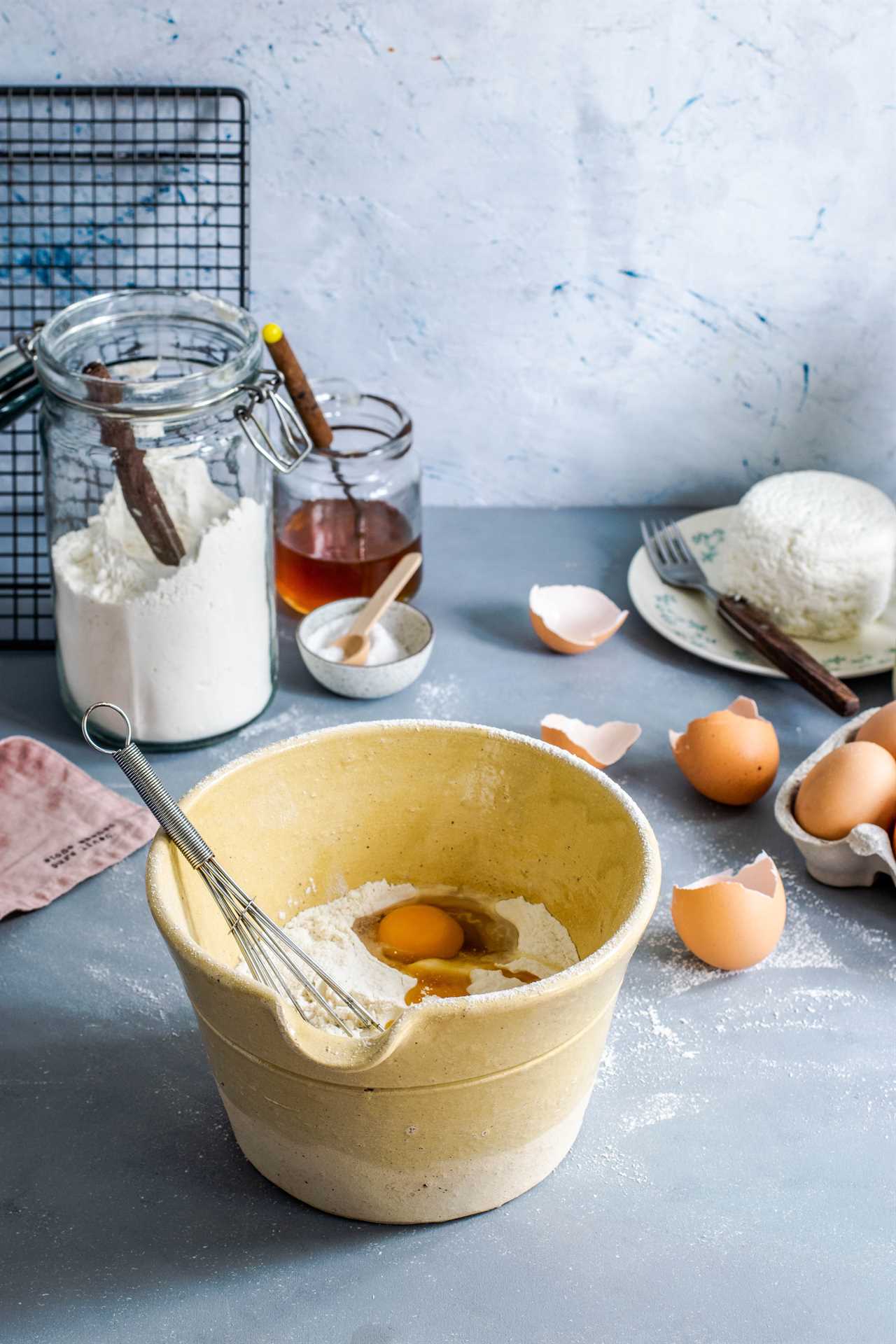
-
Achieving a well-balanced result: Tasting along the way helps you adjust the levels of salt, spices, and herbs, ensuring a perfectly balanced and delicious final product.
By incorporating this technique into your cooking, you can develop a flavor profile that will impress and delight your taste buds.
Happy cooking!
Trusting Instincts and Knowledge in Cooking
In the previous subtopic, we discussed the importance of seasoning and tasting as you go to develop well-balanced dishes. Now, let’s delve into the next crucial aspect of efficient cooking: trusting your instincts and knowledge.
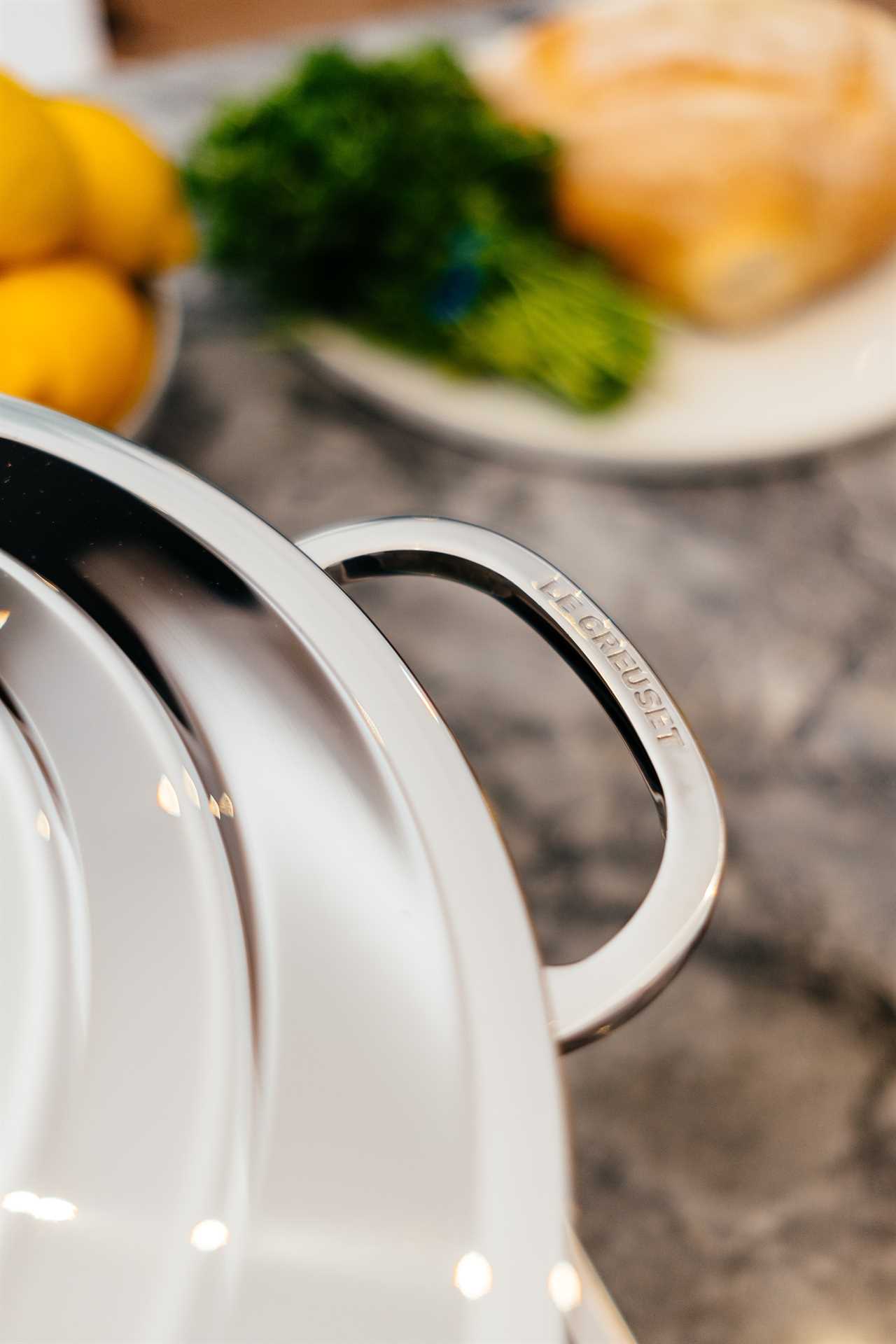
Trusting your instincts and knowledge in cooking is a fundamental skill that allows you to build confidence and develop your culinary intuition. By experimenting with different ingredients, techniques, and flavors, you can begin to understand how they interact and create delicious dishes.
To help you understand the significance of this skill, here is a table showcasing the benefits of trusting your instincts and knowledge in cooking:
| Benefits of Trusting Instincts and Knowledge in Cooking |
|---|
| – Develops culinary intuition |
| – Builds confidence through experimentation |
| – Allows for creativity and improvisation |
| – Develops a personal cooking style |
Adding a Little Salt to Everything
Enhance the flavors of your dishes by adding a little salt to everything, creating a well-balanced and elevated culinary experience. Salt is a versatile ingredient that not only enhances and intensifies flavors but also has numerous benefits in cooking.
Here’s how you can effectively balance salt in your dishes:

-
Start with a pinch: Add a small amount of salt at the beginning of your cooking process and taste as you go to prevent over-salting.
-
Layer the salt: Sprinkle salt in layers while cooking to develop depth and complexity in flavors.
-
Balance sweetness: Salt can balance out the sweetness in dishes like desserts, creating a more harmonious taste.
-
Elevate savory dishes: Salt enhances the savory notes in savory dishes, making them more satisfying and delicious.
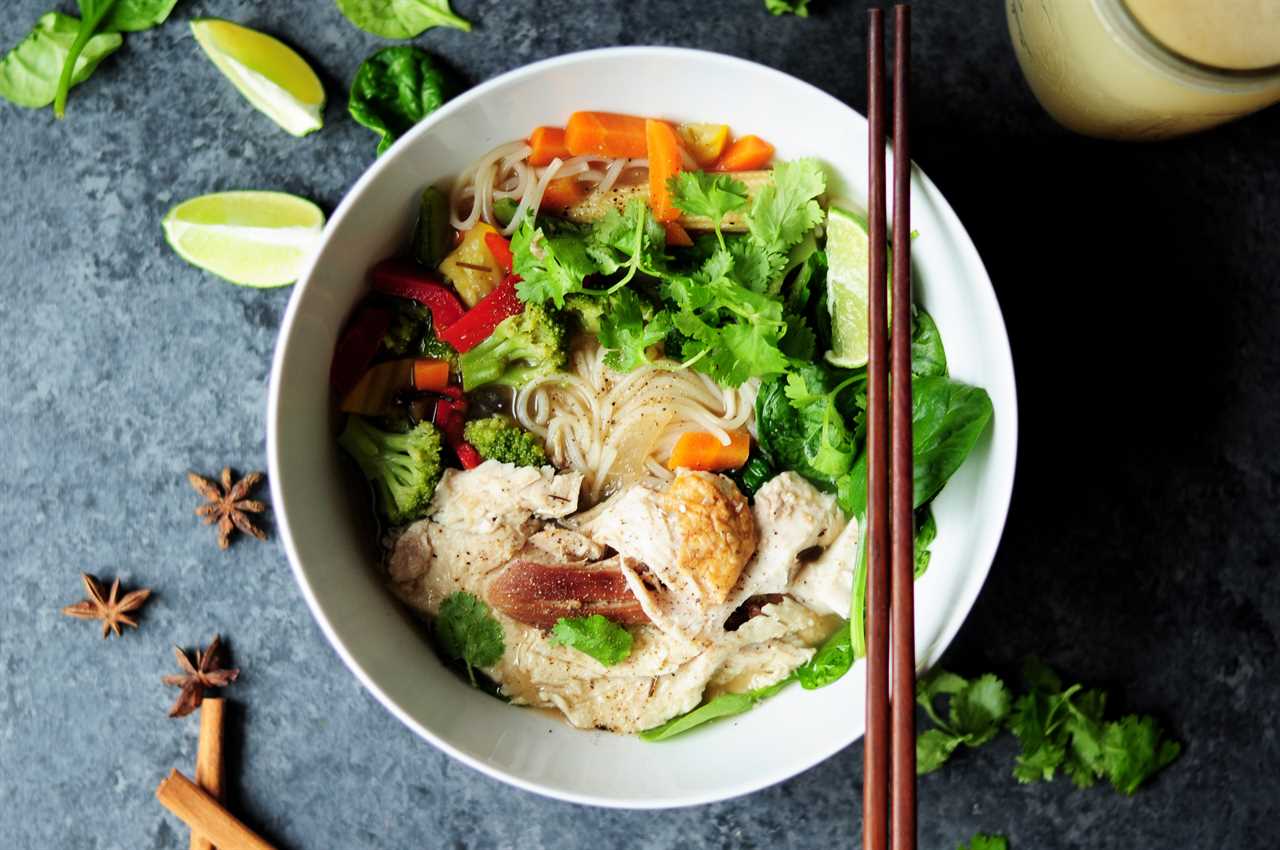
Using a Scale for Baking
To ensure precise measurements and professional-level results in your baking, use a scale instead of relying solely on measuring cups or spoons.
Using a scale for baking brings importance to precise measurements and offers several benefits of weight-based measurements. Unlike measuring cups or spoons, which can vary in accuracy, a scale provides exact measurements in grams or ounces. This precision ensures consistency in your recipes and helps achieve the desired texture and structure in your baked goods.
Weight-based measurements also allow for easy scaling of recipes and accurate ingredient substitutions. By using a scale, you can confidently experiment with different ratios and ingredients, giving you the freedom to personalize and elevate your baking creations.
Cleaning as You Go
Maintain a tidy and organized workspace by cleaning as you go, ensuring a hygienic and enjoyable cooking experience. Cleaning efficiency and time management are key in the kitchen. Here are some tips to help you stay on top of the mess:

- Wipe down surfaces and utensils after each use to prevent buildup and cross-contamination.
- Wash dishes and utensils as you cook, reducing the pile-up and making cleanup easier.
- Dispose of food scraps and packaging immediately to keep your workspace clutter-free.
- Sweep or vacuum the floor regularly to eliminate crumbs and spills that can attract pests.
Frequently Asked Questions
What Are Some Common Mistakes to Avoid When Organizing Recipes and Taking Notes?
When organizing recipes and taking notes, common mistakes to avoid include not keeping track of adjustments and reminders, which can lead to inconsistency in your cooking.
Another mistake is not reading the recipe beforehand, which can result in errors and surprises during cooking.
How Can Reading the Recipe Beforehand Improve the Cooking Experience?
Reading the recipe beforehand is like having the secret ingredient to enhance your cooking skills. It allows you to familiarize yourself with the steps, timing, and preparation, leading to a smoother cooking experience.
By practicing mise en place, you can gather and organize all your ingredients and equipment in advance. This not only saves time but also ensures that you have everything you need within reach.
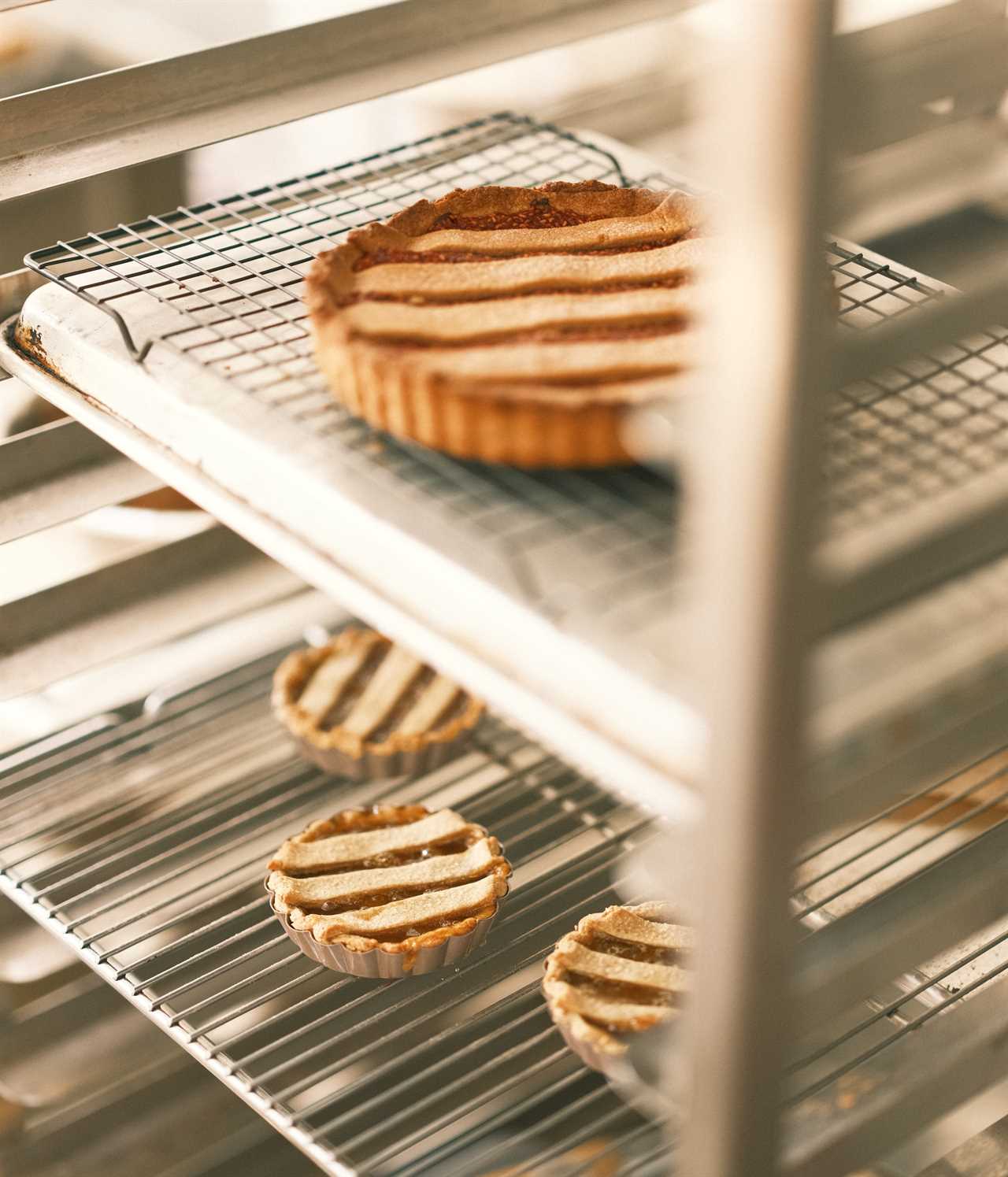
Can You Provide Some Examples of Dishes Where Saving Bacon Fat Can Be Used?
Examples of dishes using saved bacon fat include roasted vegetables, sautéed mushrooms, and homemade salad dressings. The bacon fat adds a rich and smoky flavor to these dishes, enhancing their taste profile. Additionally, the fat can be used as a substitute for butter or oil in recipes, providing a unique and delicious twist.
By saving bacon fat, you not only reduce food waste but also elevate the flavors of your dishes to a whole new level.
Reading the recipe beforehand allows you to plan and prepare accordingly, avoiding any surprises or mistakes during the cooking process. It ensures that you have all the necessary ingredients and equipment, and helps you understand the steps, timing, and preparation involved. This saves you time and improves your overall cooking experience, allowing you to confidently create delicious meals.
Are There Any Alternatives to Using a Damp Paper Towel Under the Cutting Board for Stability?
Looking for alternatives to using a damp paper towel under your cutting board for stability?
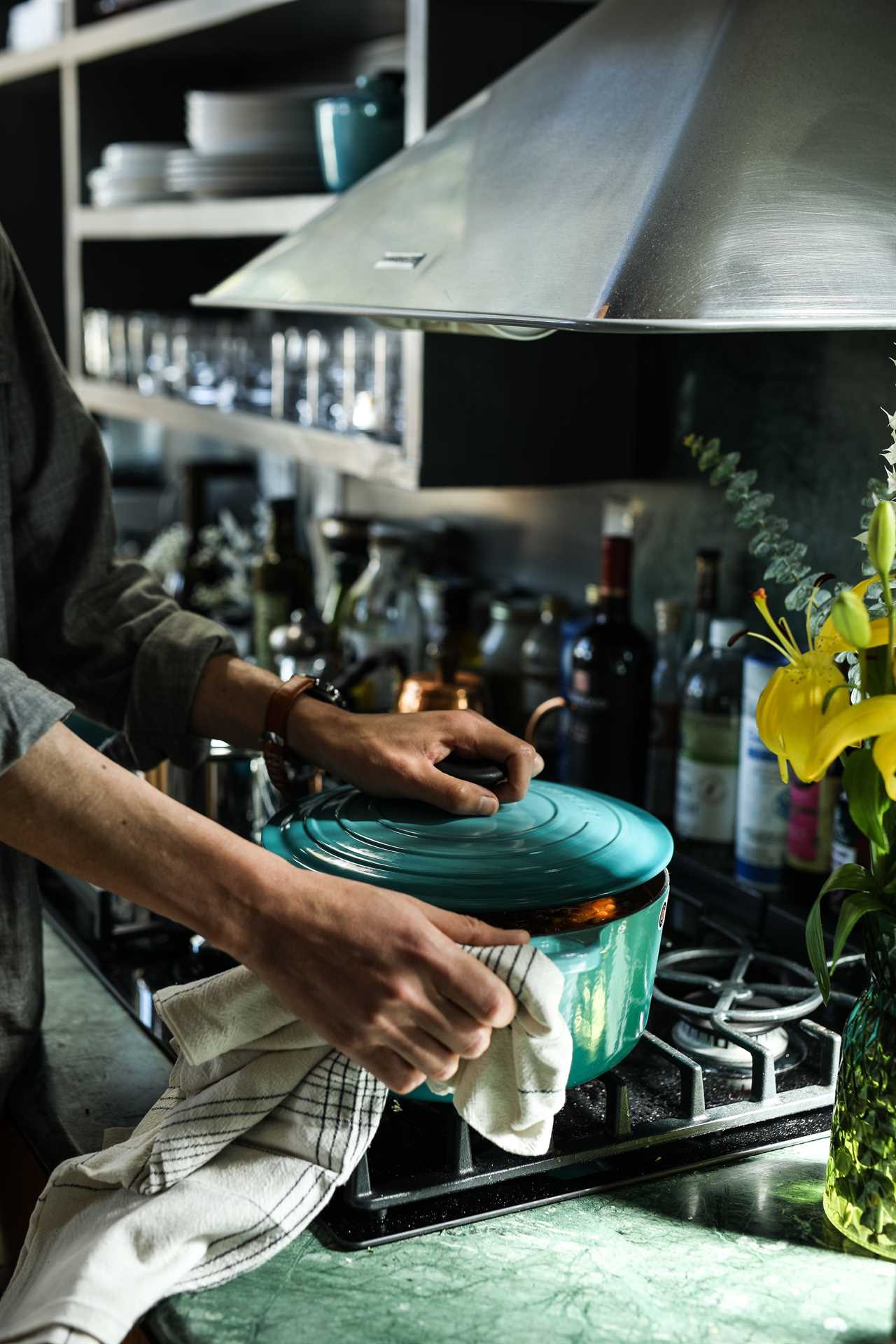
While a damp paper towel works wonders, there are other options to consider. Try using a non-slip mat or placing a silicone baking mat underneath your cutting board.
These alternatives provide excellent grip and stability, preventing any slipping while you’re cutting. Experiment and find the method that works best for you.
How Much Less Time Should the Timer Be Set for When Cooking?
When using a kitchen timer, it’s important to consider time management in cooking.
To ensure your dish is cooked perfectly, try setting the timer for slightly less time than the recipe calls for. This allows for variations in oven performance and prevents overcooking or dryness.
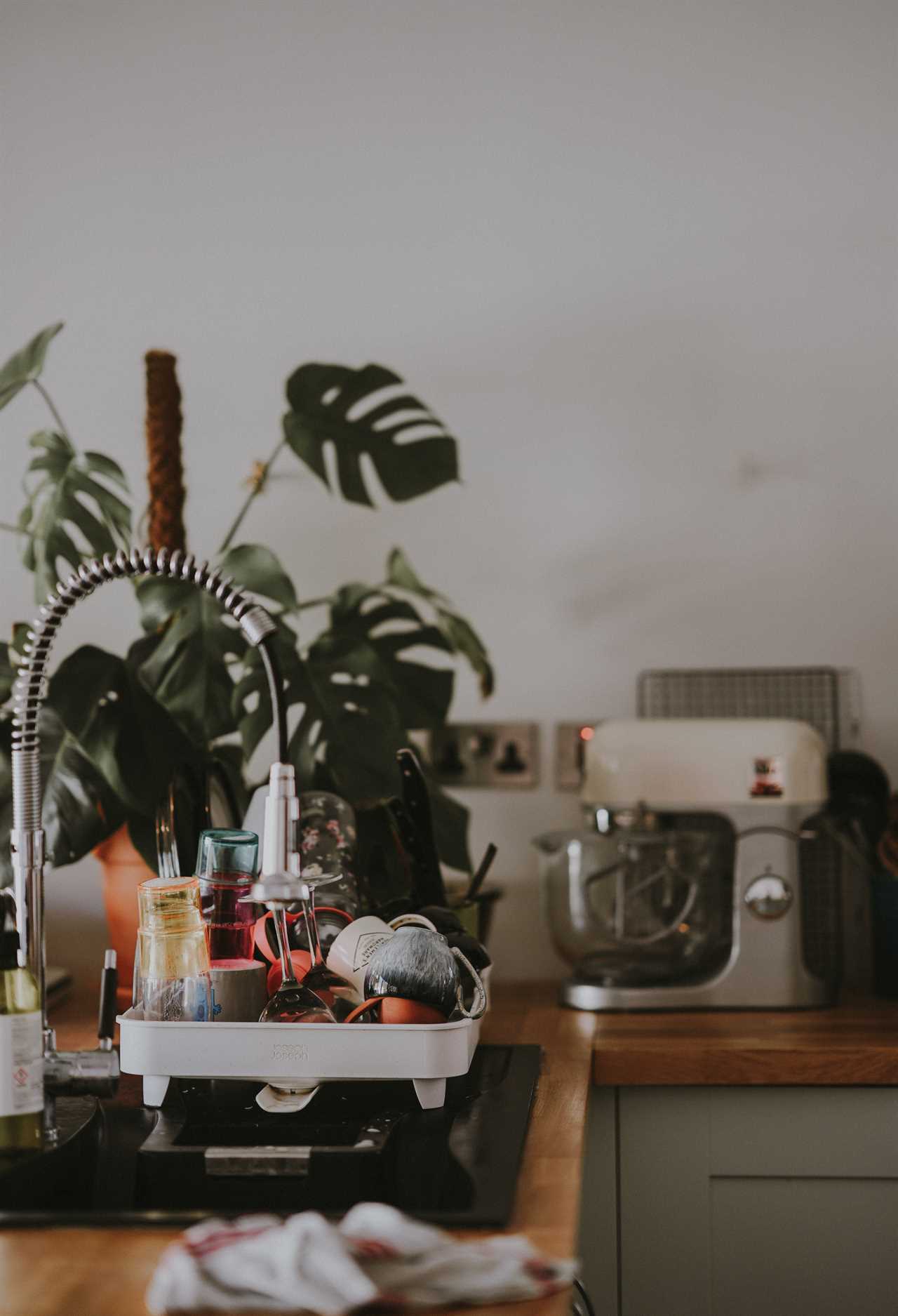
Plus, it gives you the flexibility to make adjustments based on your desired level of doneness.
Trust your instincts and knowledge in cooking to achieve delicious results every time.

